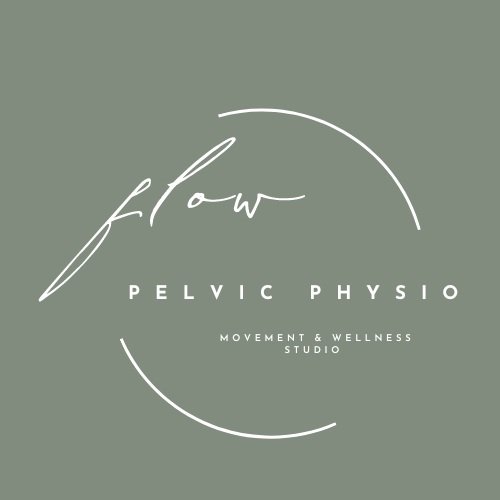Transcutaneous tibial nerve stimulation (TTNS)
Transcutaneous tibial nerve stimulation is a non-invasive, non-pharmacological, and pain free treatment for the management of Overactive Bladder (OAB) which causes symptoms of
- urinary frequency;
- urinary urgency; and/or
- urinary urge incontinence
HOW does it work?
The TENS machine generates an electrical impulse to cause neuromodulation which essentially means changing the message that is sent along the nerve. This is achieved by stimulating the tibial nerve in your lower leg which originates high in the pelvis (via the sacral nerves S2-S4) which also supply the bladder. This works to reduce excitability of the bladder via the parasympathetic nervous system, helping to calm it down and restore it to normal levels of sensitivity. This has a flow on effect to improve bladder capacity (ability to store urine) and hence reduce sensations of urgency. This is done via a small battery powered TENs machine and sticky electrodes that are placed on the skin over the ankle.
WHO can benefit from TTNS?
People experiencing symptoms of:
Urinary frequency: needing to empty your bladder often during the day or overnight
Urinary urgency: sudden urge to empty your bladder
Urinary urge incontinence: bladder leakage with urgency
At Flow Pelvic Physio we will complete a detailed assessment prior to providing you with a specific management plan for transcutaneous tibial nerve stimulation to address symptoms of overactive bladder.
EVIDENCE for transcutaneous tibial nerve stimulation…
TTNS is recommended as first line treatment in the management of urinary incontinence and overactive bladder (OAB) in women by the International Continence Society
Recent high level research has found TTNS as effective and a safer option compared to medication
PROs:
Non-invasive
Non-pharmacological
Easy to administer in the comfort of your own home (or under physio guidance if necessary)
No negative side effects
CONs:
Small cost to purchase or hire TENS machine however this is significantly less compared to ongoing appointments and medications
Contraindications:
Pacemaker
Epilepsy
Pregnancy
Metal within the ankle
Broken skin or open wounds around the ankle
Precautions: NB if any of these occur please discontinue use and contact your physio or doctor
Do not use near water
Skin irritation due to electrodes
Discomfort
Speak with your physio to see if this is an appropriate treatment option for you, along with other specific treatments to help address your symptoms and regain control of your bladder.
Physiotherapy appointments for our clinic in Hampton, Bayside can be made online via link below.
References:
Dumoulin et al. (2023). Ch 8 Conservative Management of Urinary Incontinence and Prolapse, in Incontinence 7th Edition - Chapter 8. ICI-ICS Cardozo, Km Rovner, E, Wagg, A, Wein, A, Abrams, P. (Eds). International COntinence Society, Bristol UK
Alomari, M. S., Abdulhamid, A. S., Ghaddaf, A. A., Alshareef, K. M., Haneef, A. K., AlQuhaibi, M. S., & Banjar, R. A. (2022). Non‐inferior and more feasible transcutaneous tibial nerve stimulation in treating overactive bladder: a systematic review and meta‐analysis. International Journal of Urology, 29(10), 1170-1180.
Disclaimer: This blog is for educational purposes only. Please speak to your pelvic health physiotherapist for an individualised management plan.



